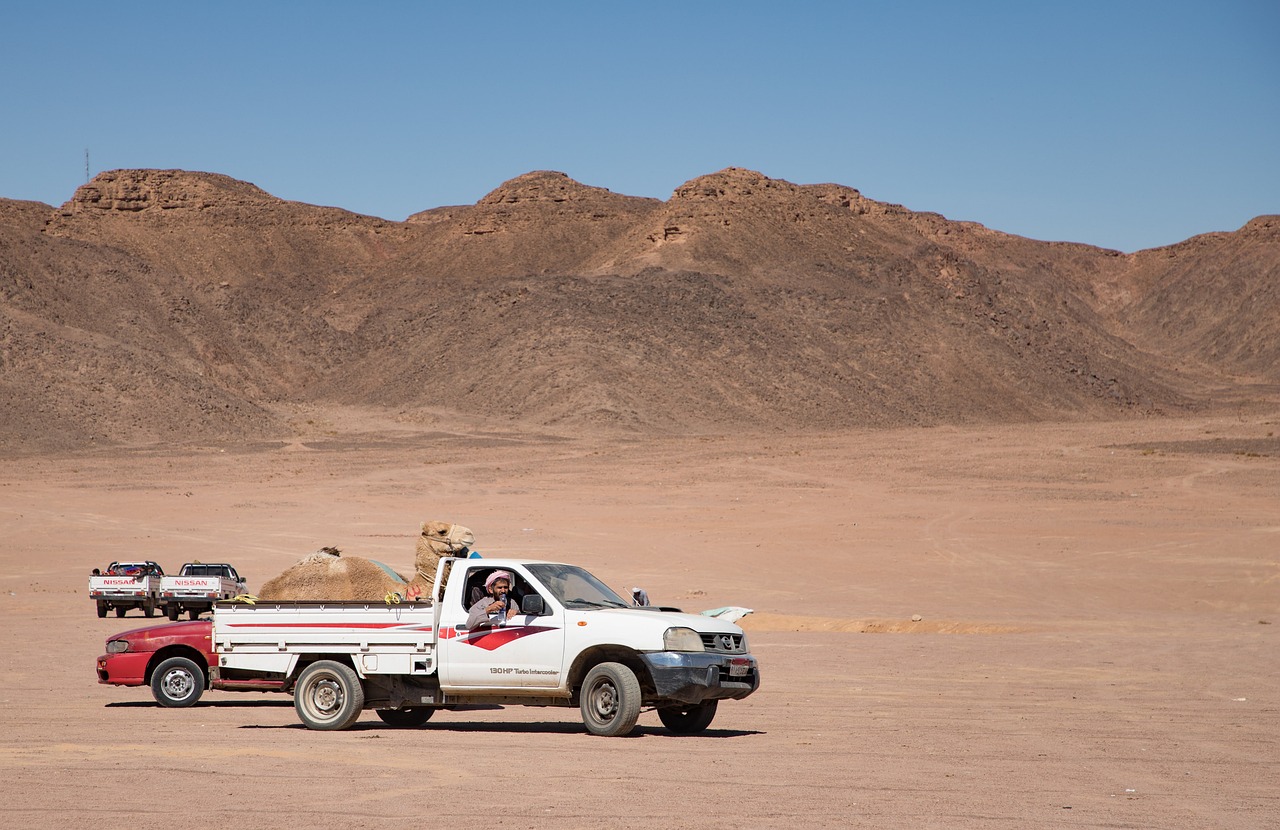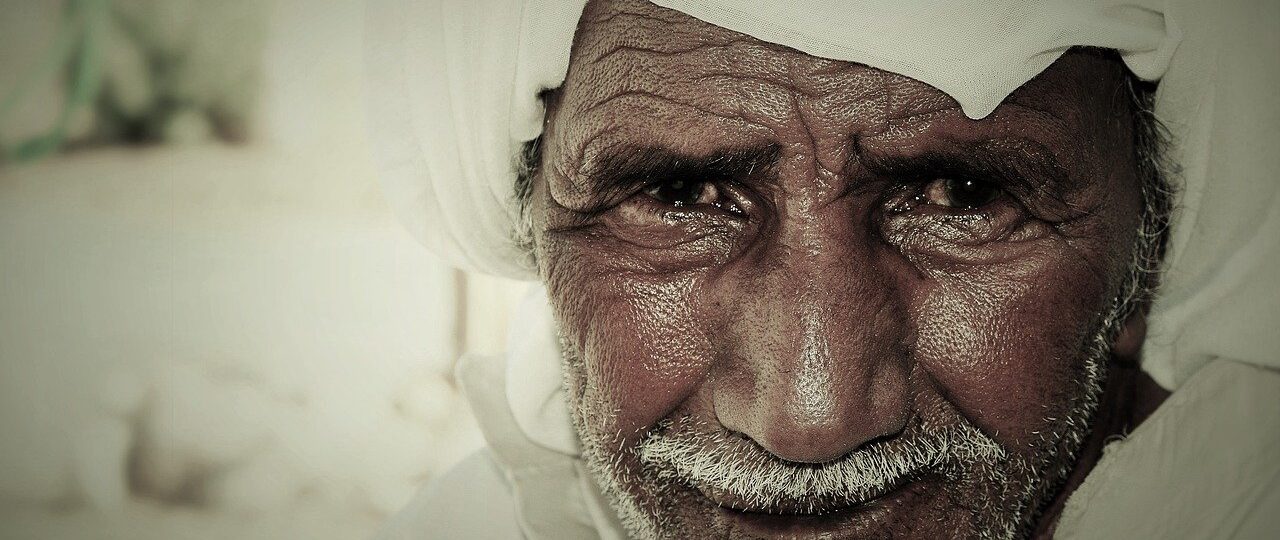The Population of the Sinai Peninsula
The Sinai Peninsula, located between Africa and Asia, has a total population of around 600,000 people. However, population distribution across the peninsula’s different governorates and regions can vary greatly. In this in-depth article, we will explore the Sinai peninsula population in more detail, including breakdowns by governorate, major cities and Bedouin tribes, as well as examining factors that have influenced growth and distribution over time.
Population by Governorate
The Sinai Peninsula is administratively divided into two governorates – North Sinai and South Sinai. Of these, South Sinai has the largest population:
South Sinai Governorate
With a population of approximately 250,000 people, South Sinai is home to over 40% of Sinai’s total population. The coastal city of Sharm El Sheikh is the most populous urban center, housing around 35,000 residents. Other significant towns include Dahab, Nuweiba and Saint Catherine. Population density is highest along the coast but decreases rapidly further inland due to the mountainous terrain.
Tourism has been a major driver of growth, with the beaches and diving sites of Sharm El Sheikh and Dahab attracting visitors from around the world. As the tourism industry expanded from the 1970s onwards, population rose significantly in coastal towns to meet demand for services. However, due to lack of water resources and harsh desert climate, interior regions remain sparsely populated.

North Sinai Governorate
North Sinai has a population of around 150,000 people, making it the second most populated area. The governorate’s largest city is Arish, located on the Mediterranean coastline with a population of over 70,000
. As a result, some coastal and inland towns have seen declines. Overall population density also remains lower at just 0.3 people per sq km across much of its territory.
Major Cities and Towns
Beyond Sharm El Sheikh and Arish, several other urban centers are home to significant Sinai populations:
Dahab
With a population estimated at 25,000, the coastal city of Dahab in South Sinai is another popular tourist destination renowned for its scuba diving and beaches. Its economy and population have grown in tandem with the tourism boom.
Saint Catherine
Located near Mount Sinai and with a population of around 2,000, Saint Catherine is best known as the site of the ancient Greek Orthodox monastery of Saint Catherine. It attracts thousands of pilgrims and tourists annually.
Nuweiba
Situated on the Gulf of Aqaba coastline, Nuweiba has a population of approximately 10,000 people supported by fishing and tourism related to nearby Islands like Tiran.
Al Arish
As capital of North Sinai governorate, Al Arish’s population numbers around 75,000 making it the second largest city after Sharm El Sheikh. Its strategic location on the Mediterranean.
Bedouin Populations
Bedouin Populations
Nomadic Bedouin tribes have long inhabited the Sinai, with estimates of around 100,000 still following a semi-nomadic lifestyle. They are spread across both governorates, though the vast interior of North Sinai is home to many Bedouin communities concentrated around oases. Some tribes remain fully nomadic with no permanent settlements, migrating between the Nile Delta and Negev Desert according to seasonal patterns of grazing. Others have adopted a mixed economy combining pastoralism with occupations like tourism. The Bedouin play an important cultural role as traditional inhabitants of Sinai.
Factors Affecting Population Change
Several key factors have impacted population growth and distribution patterns in Sinai over the past century:
- Tourism Development – Coastal towns in South Sinai especially have boomed since the 1970s due to beach and diving resorts.
- Agriculture – During the 20th century, irrigation projects enabled increased farming and settlements near the Nile Delta region.
- Oil and Gas – Discovery of reserves from the 1960s attracted migrant workers and supported urban growth.
- Water Availability – Inland regions face acute shortages, limiting permanent habitation beyond oasis towns.
- Geography – South Sinai’s mountains versus North Sinai’s open desert influence where people can live.



